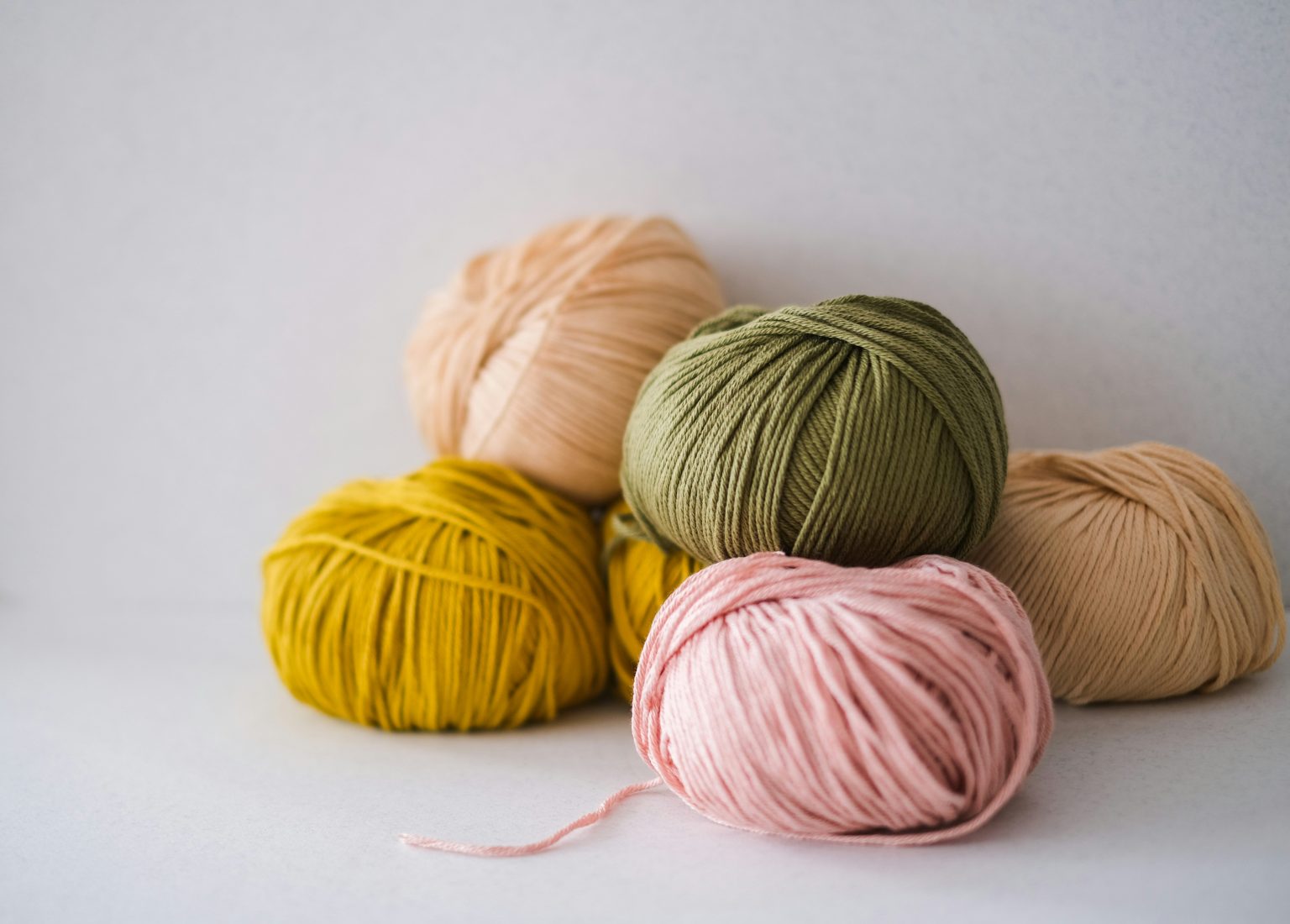Yarn is the foundation of any knitting or crochet project, but not all yarns are created equal. From fiber content to weight and texture, choosing the right yarn is about more than just color or feel. It’s a decision that affects the look, longevity, and experience of the entire project. Whether you’re making a winter scarf, a lightweight summer top, or a chunky blanket, the type of yarn you choose matters more than you might think.
When selecting yarn, consider the purpose of your piece. Will it need to stretch? Does it require warmth? Does it need to be machine washable? Each project has its own demands, and your yarn should rise to meet them. For example, a hat that needs to retain shape would benefit from wool, while a baby blanket might call for a soft, hypoallergenic acrylic.
Understanding Yarn Fibers and Their Functions
One of the first decisions to make is fiber content. Natural fibers like wool, alpaca, cotton, and bamboo offer breathability and softness, while synthetic fibers like acrylic and nylon offer affordability and durability. Blended yarns combine the benefits of multiple fibers into one. Cotton-acrylic blends, for instance, offer both softness and strength, making them ideal for garments and accessories.
Some crafters also take into account the ethical and environmental aspects of their yarn choices. Yarns that are sustainably sourced or dyed with eco-friendly methods can make a project feel even more meaningful. Companies known for thoughtful yarn design, such as Premier Yarns, often lead in offering a wide range of options that combine quality with conscious production.
Why Yarn Weight and Gauge Matter
Yarn weight refers to the thickness of the strand and has a major influence on the overall drape and feel of your work. It ranges from ultra-thin lace weight to jumbo yarns. The weight you choose should align with your project’s goal. Lighter weights are ideal for delicate lace shawls, while chunky weights are perfect for quick-to-make blankets and scarves.
Equally important is gauge, which measures how many stitches and rows you’ll get per inch. Matching the pattern’s recommended gauge ensures that your project will come out the correct size. Ignoring gauge can lead to garments that are too tight, too loose, or misshapen. Before diving into your project, always make a swatch and check your measurements.
Exploring Yarn Textures and Colors
The look and feel of yarn extend far beyond its fiber and weight. Texture plays a huge role, especially when showcasing complex stitch patterns. Smooth yarns are better for cables and lacework, while novelty yarns with loops or fuzz can add personality to a more basic project.
Color also carries weight in how a piece is perceived. Solid hues are reliable and versatile, while variegated or gradient yarns bring dimension and surprise to simple patterns. When choosing colors, consider the setting of the finished item. A neutral palette works well for home décor, while vibrant tones are great for personal accessories.
Essential Accessories Every Crafter Needs
Having the right accessories can significantly improve your crafting experience. It starts with the basics: comfortable crochet hooks or knitting needles that match your yarn’s weight. Tools made from bamboo or ergonomic materials can help prevent hand fatigue during long crafting sessions.
Other helpful accessories include stitch markers for tracking pattern changes, measuring tape for checking dimensions, and tapestry needles for weaving in ends. Row counters, blocking mats, and yarn winders may also become part of your toolkit as you become more involved in the craft.
Storage solutions are often overlooked but play a big role in keeping your work tidy and stress-free. Yarn bowls, project bags, and dedicated drawers or bins can help keep your materials untangled and accessible, saving you time and energy.
How to Shop for the Best Materials
When buying yarn and accessories, don’t be swayed only by appearance or price. Read labels carefully for fiber content, yardage, and care instructions. Online stores provide convenience and access to a wider variety of yarns, but local yarn shops offer the chance to touch and feel the yarn before you buy. Many experienced crafters use a combination of both.
Sample swatching before you commit to large quantities of yarn is also a smart practice. This lets you test how the yarn feels to work with, how it holds up after washing, and how true the colors appear once knit or crocheted.
It’s also helpful to look for trusted names in the yarn community. While exploring options, you might come across familiar names which many crafters turn to for variety, quality, and consistency across a range of fibers and weights.
Growing Through Practice and Exploration
No single yarn or accessory fits every project, which is part of what makes fiber arts so exciting. As you grow in your skills, you’ll learn what suits your crafting style and preferences. Don’t be afraid to experiment with new yarns or techniques. Trying something unfamiliar might open up new creative pathways or introduce you to a material you love.
Online communities, video tutorials, and crafting groups can provide inspiration, support, and ideas to keep you motivated and learning. Whether you’re a weekend hobbyist or an aspiring artisan, the process of discovery is just as rewarding as the finished piece.
Final Thoughts
Choosing the best yarns and accessories doesn’t need to feel overwhelming. With a little knowledge and some curiosity, you can find materials that perfectly align with your vision. Remember to consider the fiber, weight, color, texture, and tools that complement your project. When chosen with care, your yarn and accessories become more than just materials—they become part of your creative story.


